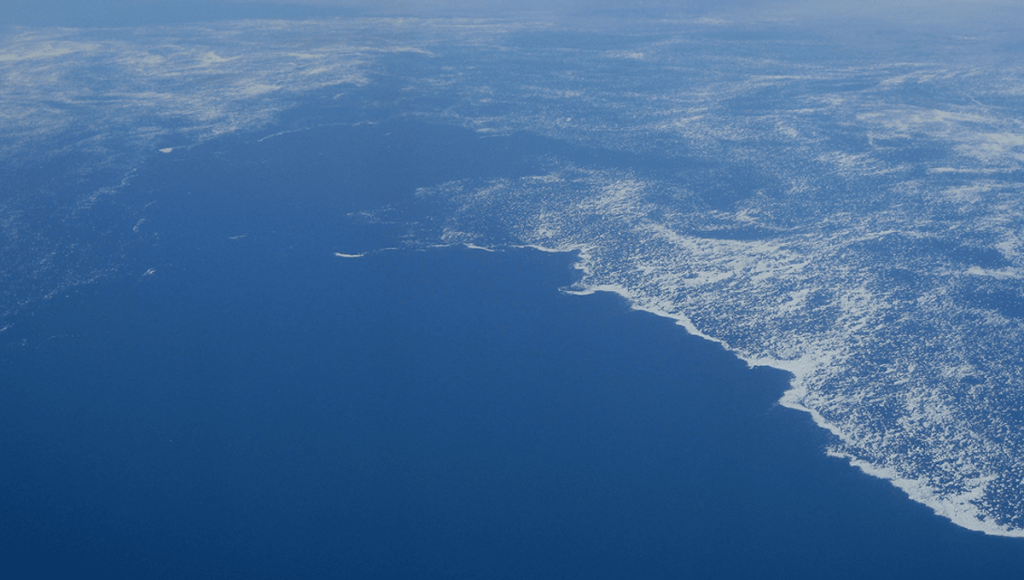A microcontinent has been discovered in Davis Strait, between southeast Baffin Island in Canada and southwest Greenland. In a new study, researchers from the UK and Sweden used gravity and seismic reflection data to map the microcontinent and reconstruct plate tectonics in the region.
The geology of the region has been extensively studied before, but some mysteries remain.
“Long-term rifting and seafloor spreading between Greenland and North America led to the formation of the Labrador Sea and Baffin Bay ocean basins, connected by Davis Strait,” the team explains in the paper. “However, there is disagreement about the exact plate motion between Greenland and Canada and the tectonic evolution of Davis Strait, and previous models cannot explain the origin of the anomalously thick continental crust within the strait.”
In reconstructing the past of the region where Greenland separated from Canada, the team discovered that the unusually thick crust is actually its own microcontinent – a block of crust that broke off from the continent and is surrounded by a thinner crust. Oceanic crust.
“Reinterpretation of seismic reflection data offshore West Greenland and a newly developed crustal thickness model identify an isolated, relatively thick (19-24 km) layer. [12-15 miles]”This mass represents continental crust (approximately 10 million years ago) that separated from Greenland during a newly recognized phase of east-west extension along the West Greenland margin,” the team writes. “We interpret this mass as an incompletely rifted microcontinent, which we term the Davis Strait protocontinent.”
Researchers believe that the rift that split the tectonic plate in two began about 118 million years ago, before the continents broke apart about 61.27 million years ago. Labrador SeaThe continents continued to move apart, and Greenland collided and joined the continent. North American PlateDuring this period new microcontinents were formed.
“Seismic reflection analysis indicates that an extensional event occurred east of Davis Strait between 58 and 49 million years ago, which is spatially consistent with the thinnest area of continental crust between the continental fragment and Greenland, and we infer that this extensional event separated the fragment from Greenland.”
The research team hopes that this study will help improve understanding. Plate tectonicsand about the danger it poses to the Earth’s inhabitants.
“Overall, this study not only recognizes several new first-order tectonic features of the Earth, pre-UTM and Davis Strait protocontinents, but also suggests a strong lithospheric control on the direction of plate motion,” the team concludes. “Further study of this phenomenon is therefore of fundamental importance to understanding the operation of plate tectonics on Earth.”
This study Gondwana Research.


